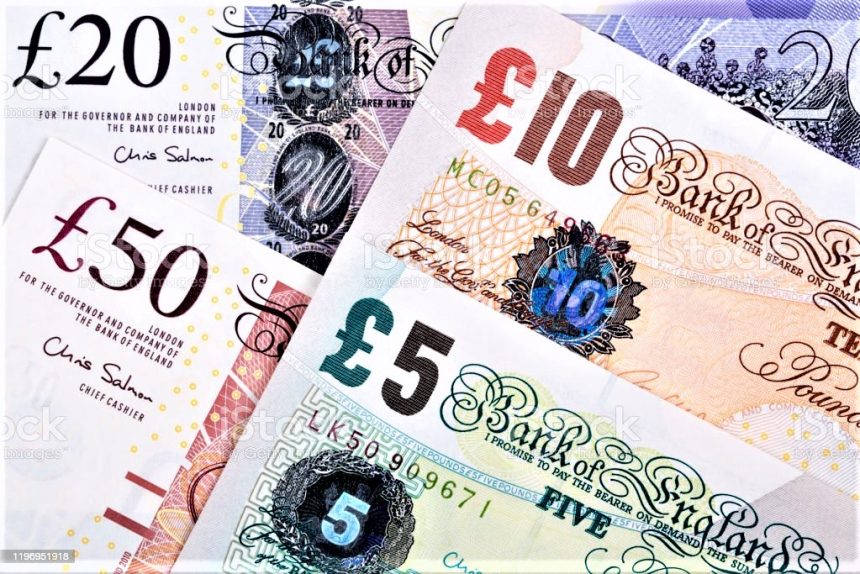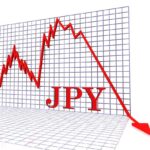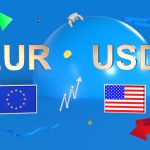Pound Sterling faces pressure near 1.2500 as the US dollar recovers rapidly.
The Pound Sterling (GBP) is under pressure near the psychological resistance of 1.2500 against the US Dollar (USD) in Thursday’s early American session.
The US GDP Increased at a slower rate of 1.6% in the first quarter of this year.
The GBPUSD pair falls as the US Dollar rises substantially following the United States’ Q1 Gross Domestic Product (GDP) report. Which revealed that inflation surged sharply. The Preliminary GDP Price Index Increased Considerably by 3.1% from the previous figure of 1.7%. This has led to anticipation that the Federal Reserve (Fed) will maintain interest rates For an extended period of time, restrictions are imposed.
Meanwhile, the US economy expanded at a slower pace of 1.6%, compared to projections of 2.5% and the previous figure of 3.4%. This has heightened fears about the US economic prospects.
In the United Kingdom, investors’ confidence in the economy’s future strengthened. After the preliminary PMI report from S&P Global/CIPS for April revealed that new business volumes climbed across the private sector. The agency also noted that overall activity increased at the fastest rate since May 2023. However, the expansion was concentrated in the service sector, since manufacturers experienced a small drop in order books.
BoE Governor Andrew Bailey anticipates a big decline in April inflation.
Despite the recent upturn, downside risks to the Pound Sterling remain considerable. With investors expecting The Bank of England (BoE) will begin cutting interest rates before the Federal Reserve (Fed). Last week, BoE Governor Andrew Bailey stated, “I expect next month’s inflation number to show quite a significant drop.” Bailey also stated that oil prices have not risen as much as projected, and that the impact of the Middle-East crisis “is less than feared.”
Daily Market Movers: Pound Sterling finds offers following a refreshing 10-day high.
The Pound Sterling is under selling pressure as it attempts to break over the psychological resistance of 1.2500 against the US Dollar. The rapid comeback in the US dollar has put pressure on the GBPUSD pair. The US dollar surges higher amid sluggish GDP growth and a disappointing preliminary US PMI survey that have prompted worries about the strong Economic Outlook. Meanwhile, identical statistics from the UK showed a resurgence in overall private-sector activity, fuelled by the Services sector.
US PMI report released on Tuesday revealed that, surprise, both the Manufacturing and Services PMIs were lower than previous levels
The US PMI report released on Tuesday revealed that, surprise, both the Manufacturing and Services PMIs were lower than previous levels. The Manufacturing PMI dipped below the 50.0 mark, indicating a contraction. Chris Williamson, Chief Business Economist at S&P Global Market Intelligence, stated, “The US economic upturn lost impetus at the start of the second quarter, with flash PMI survey respondents reporting below-trend business activity growth in April. In April, new business inflows fell for the first time in six months, and employers’ future production projections slid to a The stock fell to a five-month low as investors became increasingly concerned about the outlook.
Despite the uncertainty surrounding the US economic forecast, speculation. That the Federal Reserve will begin cutting interest rates. Following the September meeting remains strong. Investors will now focus on the key Personal Consumption Expenditure Price Index (PCE) data for March.
Investors will wait for the core PCE inflation data for March. Which will be released on Friday, to get more clarity on the Fed’s rate-cut timetable. The underlying inflation data is expected to have increased consistently by 0.3% every month. With annual rates falling to 2.6% from 2.8% in February.









